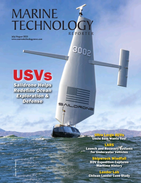China Pursuing Bigger Ocean Carbon Sinks to Help Meet Climate Goals
China will explore ways to increase its ocean "carbon sink" and enhance climate resilience in its marine ecological system as part of its pledge to reduce greenhouse gases to net zero by 2060, officials said.
A carbon sink is a natural or an artificial reservoir that can store carbon extracted from the atmosphere. China, the world's top greenhouse gas emitter, aims to increase its forest sink by 6 billion cubic meters above the 2005 level.
But as China comes under growing land pressure and tries to maximize the available space for forest, nature reserves as well as arable land, the country is looking to take advantage of its vast territorial waters to boost its "blue sink" potential.
"Maintaining ocean blue sink and steadily improving ocean carbon sink capacity are important tasks to facilitate our climate goals," said Zhang Zhifeng, vice director at the Department of Marine Ecology and Environment, a unit of the environment ministry, during a press conference on Thursday.
Zhang said the ministry will urge local governments to accelerate marine ecological restoration, carry out ocean carbon sink monitoring and evaluation and include climate resilience in China's 2021-2025 marine ecological environment protection plan, which is currently at the drafting stage.
China has been trying to improve its coastal water quality, especially near the Bohai Bay and Yangtze River Delta, and is establishing ecological reserves to protect coral reefs, mangroves and seagrass beds.
However, data from the environment ministry shows that 17 out of the 24 monitored marine ecological systems were in a "sub-healthy" or "unhealthy" state in 2020, with the number of marine species below the normal range.
In July, the eastern port city Qingdao experienced its worst ever algae infestation, with about 60,000 square km of area covered in harmful green seaweed, caused by intensive farming and increased organic matter.
The coastal province of Zhejiang plans to establish more algae and shellfish breeding facilities dedicated to improving its carbon sink capacity, and will look to bring carbon sink products into its provincial carbon sink trading market over 2021-2025.
(Reporting by Muyu Xu and David Stanway, Additional reporting by Ryan Woo Editing by Shri Navaratnam)

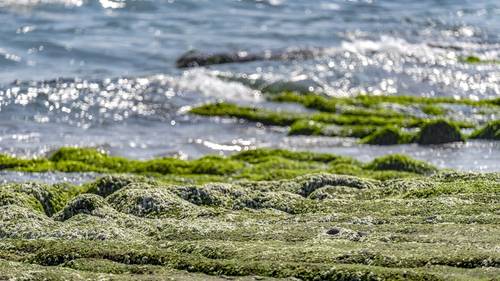
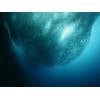
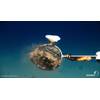



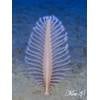






 August 2025
August 2025


